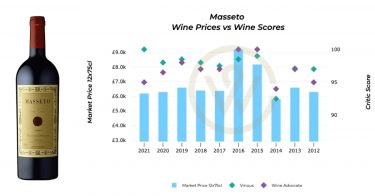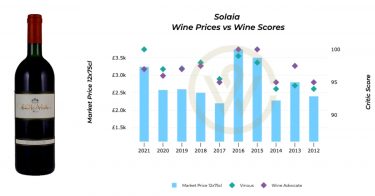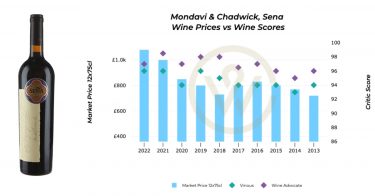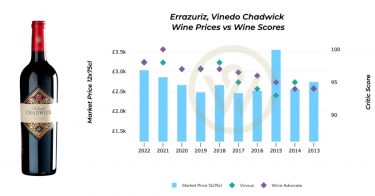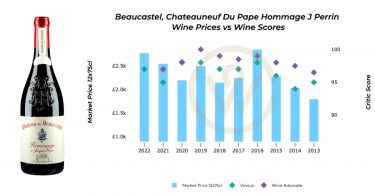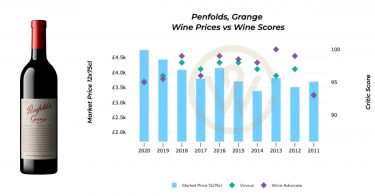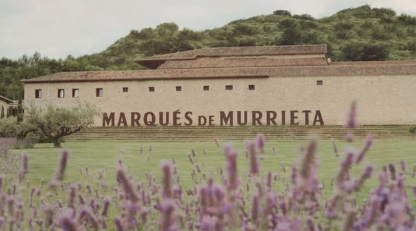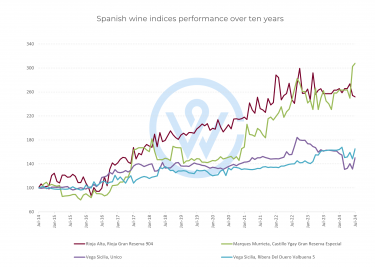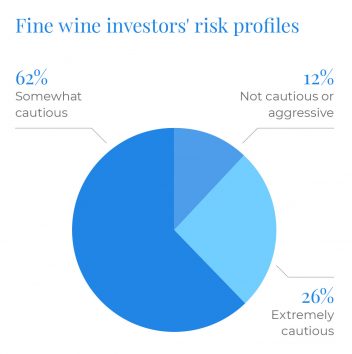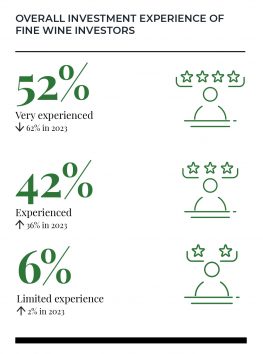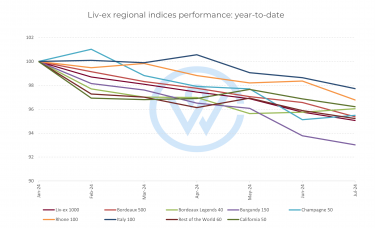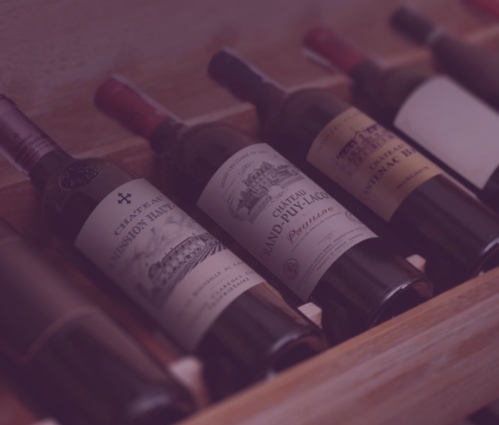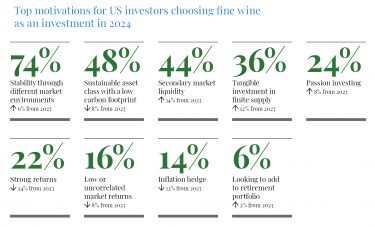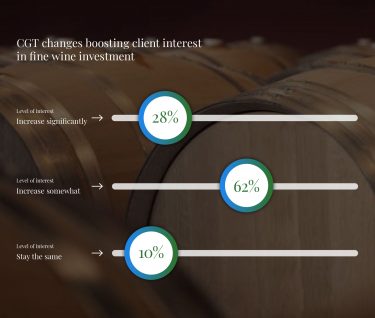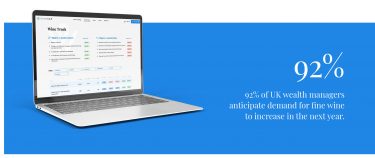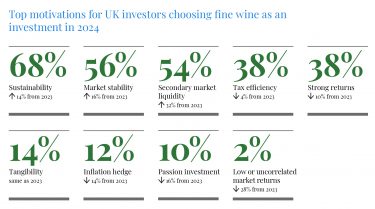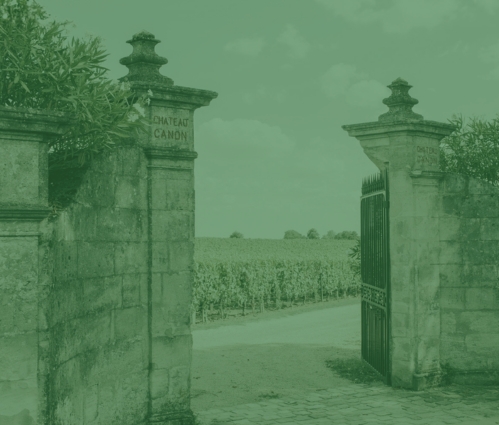- Larger bottles have a longer shelf life, meaning that there is more time for price appreciation.
- They are also available in smaller quantities, adding an element of rarity that drives up demand and price.
- Champagne and Bordeaux are the regions leading the investment market for big bottles.
When choosing a wine for investment purposes, the region, producer reputation and vintage quality are among the first things to consider. However, one factor that is often overlooked but can have a significant impact on the investment value is the bottle size.
Investing in larger wine bottle formats can enhance the longevity and quality of the wine, and lead to higher returns compared to standard bottles. Below we explore the reasons why size matters in the world of wine investment.
How bottle size affects wine investment
The science behind bottle size and wine quality is well-established. Larger bottles have a smaller surface-area-to-volume ratio, meaning less exposure to oxygen, which slows the wine’s ageing process. This slower ageing allows the wine to develop more complexity over time, preserving its character better than smaller formats.
This benefit makes large-format bottles, such as magnums and jeroboams, highly sought-after. Not only can these bottles offer superior quality, but they also come with a scarcity factor that often results in significant price premiums. The rarity of these formats adds an element of collectability, making them a lucrative investment option.
The price performance of larger bottles
Larger bottles have enjoyed a growing demand in the wine investment world. The two main regions that dominate this market segment are Champagne and Bordeaux.
During Champagne’s recent bull run (2021-2022), secondary market trade by value of big bottles rose from 7% to 15%, which in turn impacted prices. The average value of a magnum case rose an impressive 78%.
Magnums of Louis Roederer Cristal 2008 saw a 54% premium over standard bottles, while Dom Pérignon 2008 magnums commanded an 18% price uplift. Larger formats like Methuselahs (6 litres) of Cristal 2008 enjoyed a staggering 175% premium.
Meanwhile, some of the most sought-after Bordeaux wines in large format include the First Growths Château Lafite Rothschild and Château Mouton Rothschild, the latter of which has highly collectible, vintage-specific artist labels.
From Burgundy, Domaine de la Romanée-Conti produces large bottle formats that make them a prime choice for high-end collectors. Other in-demand large format bottles from the rest of the world include Penfolds Grange and Opus One.
Size options and investment opportunities
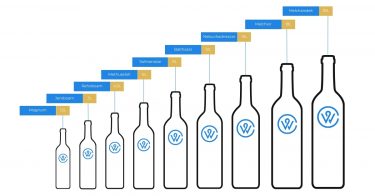
While standard bottles are more commonly traded, investing in magnums and larger formats offers several advantages. For example, three magnums of Pétrus 1995 traded for £17,200 in July this year, yielding a 16.5% premium compared to their 75cl counterparts.
Rare formats like Balthazars and Nebuchadnezzars can fetch even higher premiums due to their scarcity, particularly for sought-after vintages and regions.
Why larger formats can lead to better returns
There are several reasons why larger bottle formats can offer better investment returns.
Slower ageing process: Larger bottles slow down the wine’s exposure to oxygen, allowing for better preservation and longer ageing. This makes the wine more desirable over time.
Rarity and collectability: Large-format bottles are often produced in smaller quantities, adding an element of rarity that drives up demand and price.
Increased longevity: Investors can hold onto these bottles for longer periods without worrying about the wine deteriorating. This allows them to take advantage of market peaks and secure higher returns.
Visual appeal: Large-format bottles make a statement at auctions or in private collections. Their grandeur and rarity often make them more attractive to high-end buyers.
Timing is everything
Given the current market conditions, larger formats are particularly attractive. Prices for these bottles are often discounted during dips in the market, making them an affordable entry point for investors looking to capitalise on future growth. As demand for rare and collectible wines continues to rise, investing in larger formats now could pay off significantly in the long run.
If you’re looking to diversify your portfolio, now may be the time to consider going big on bottle sizes.


